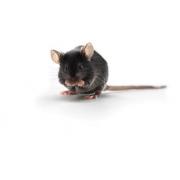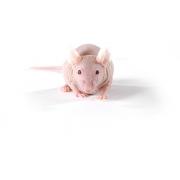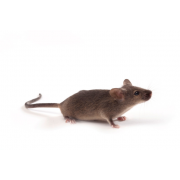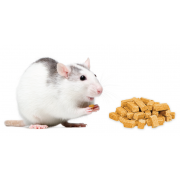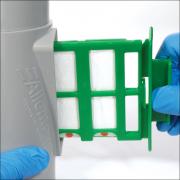Genetics - Strategies to minimize genetic drift and maximize experimental reproducibility in mouse research
Genetic drift occurs in any independent mouse breeding colony and has the potential to negatively affect experimental reproducibility and scientific conclusions. Spontaneous mutations caused by genetic drift may go unrecognized for years, until the specific research questions that depend on such mutations happen to be addressed. While it cannot be stopped completely, genetic drift and the impact on scientific discovery can be minimized through careful and thoughtful colony management practices. Because individual mouse breeding colonies may differ in size and management strategies, use of complete and accurate mouse strain nomenclature, including substrain designation, benefits the scientific community as a whole.
Read the entire publication by Janine Low-Marchelli, PhD, Senior Technical Information Scientist, The Jackson Laboratory.
- The importance of genetic stability in mouse research
- How genetic drift arises and its prevalence in mouse colonies
- Indications that genetic drift has occurred: substrain designations
- Genetic background impacts research conclusions
- Colony management practices that limit genetic drift
- Verifying genetic background
- Advanced methods to limit genetic drift
- Genetic Stability Program (GSP) for the most common inbred “J” strains
- JAX™ mice bred by Charles River in Europe and Japan
Download:
- English version of Strategies to minimize genetic drift and maximize experimental reproducibility in mouse research publication EN
- Polish version of Strategies to minimize genetic drift and maximize experimental reproducibility in mouse research publication
- Croatian version of Strategies to minimize genetic drift and maximize experimental reproducibility in mouse research publication
- Hungarian version of Strategies to minimize genetic drift and maximize experimental reproducibility in mouse research publication


